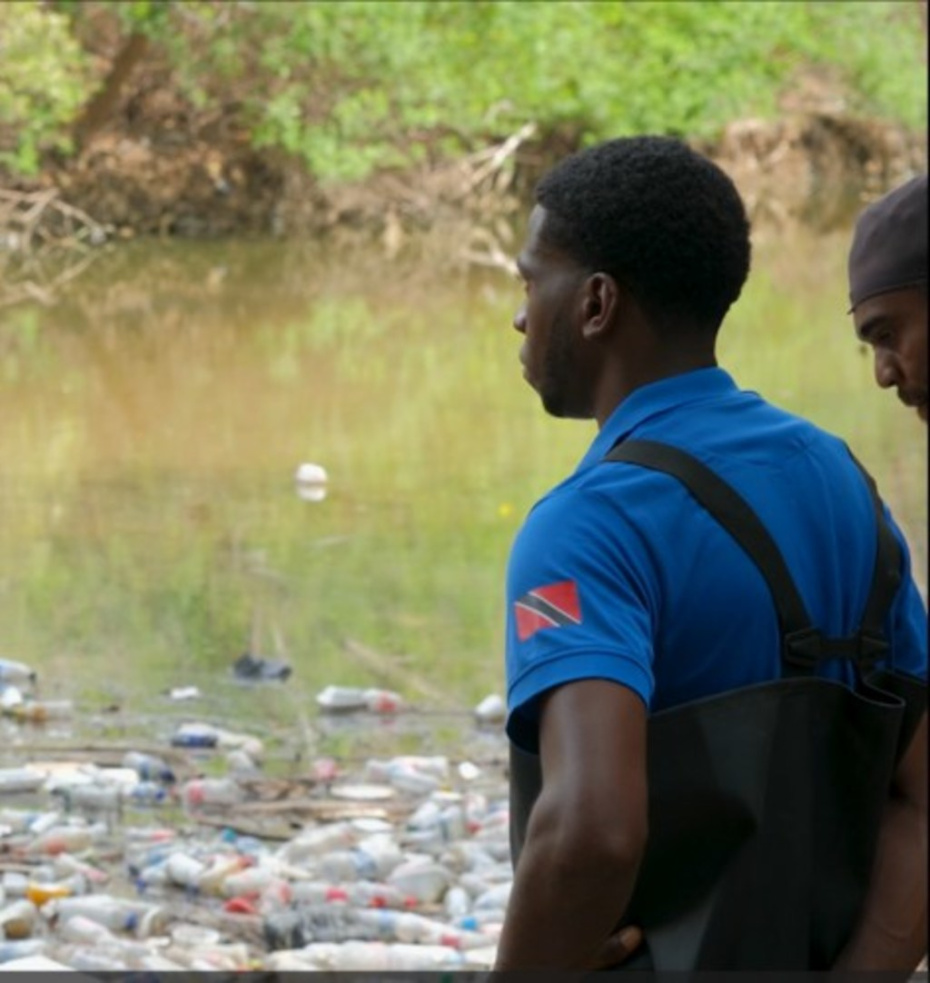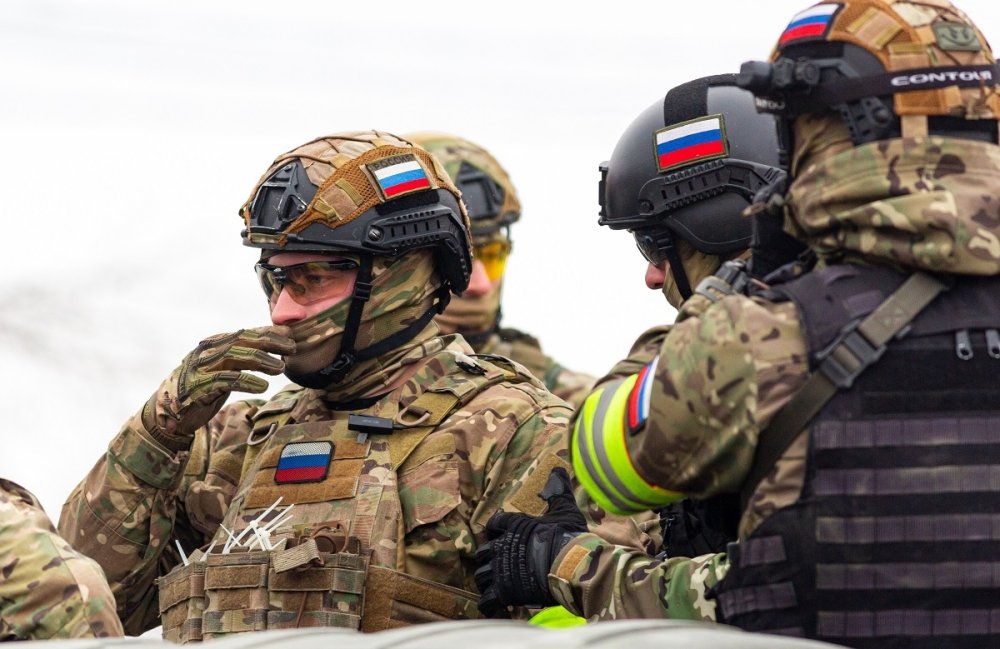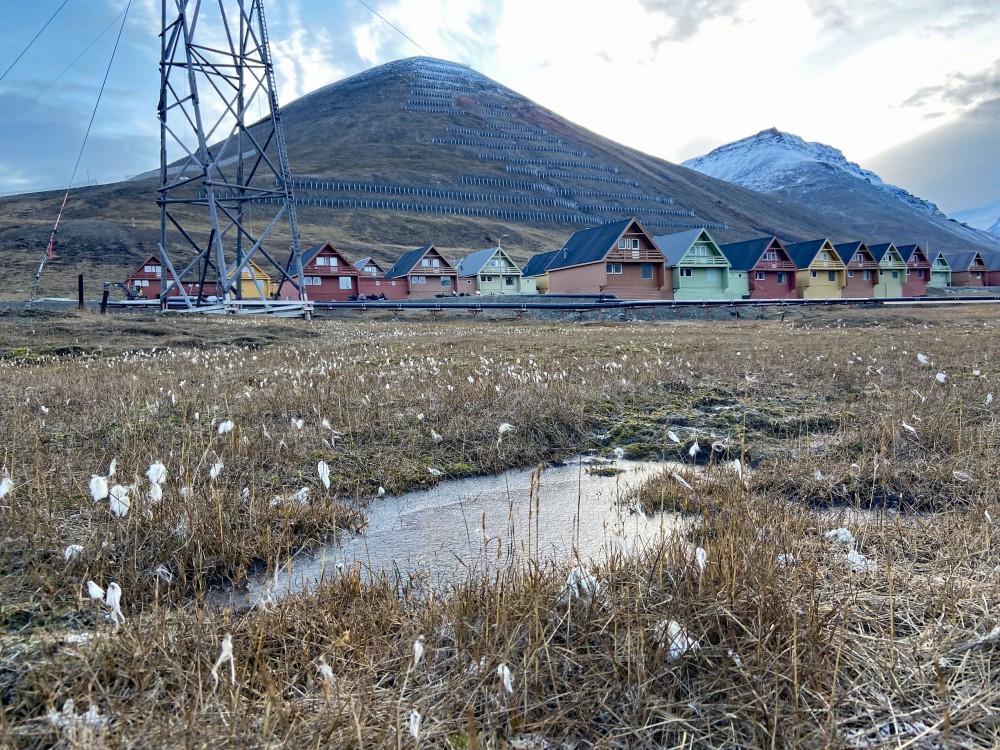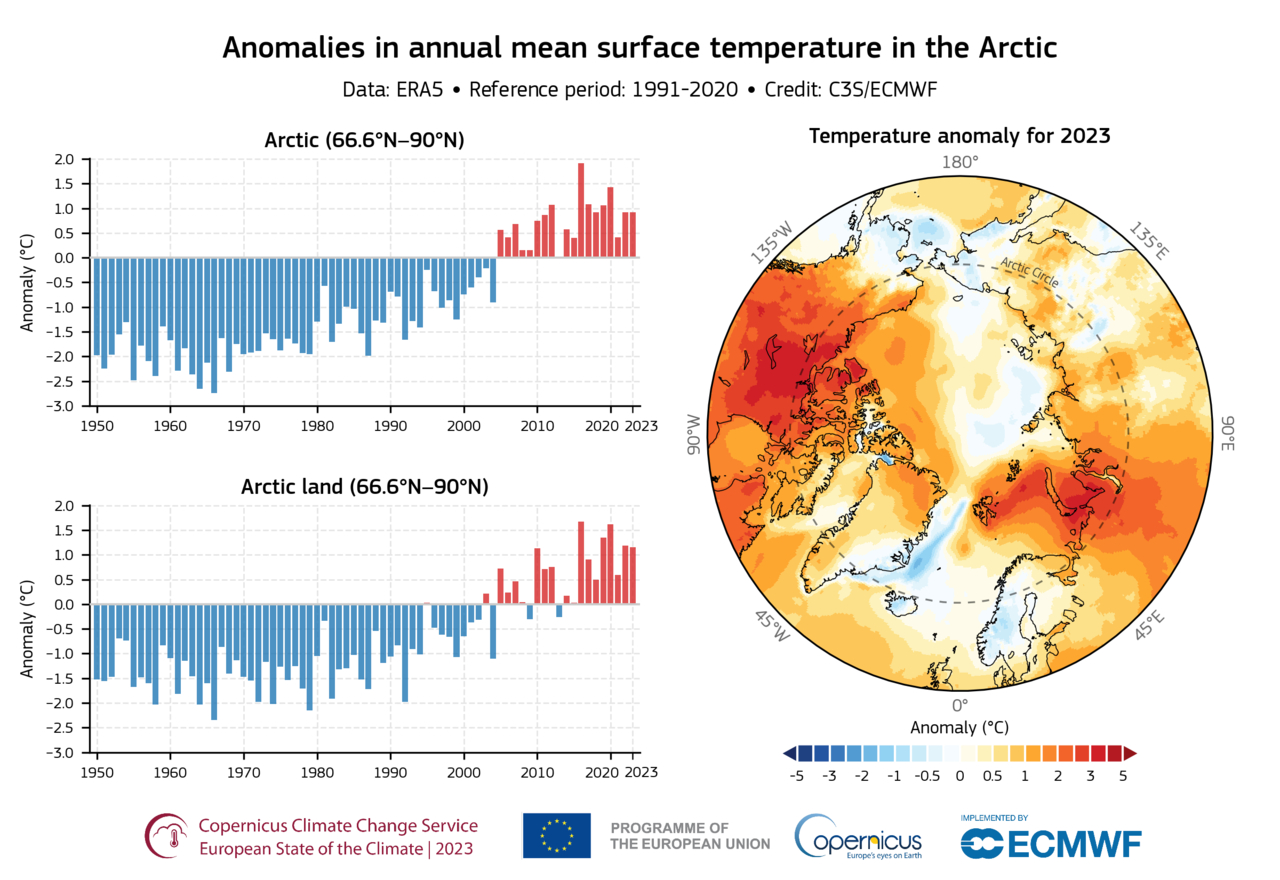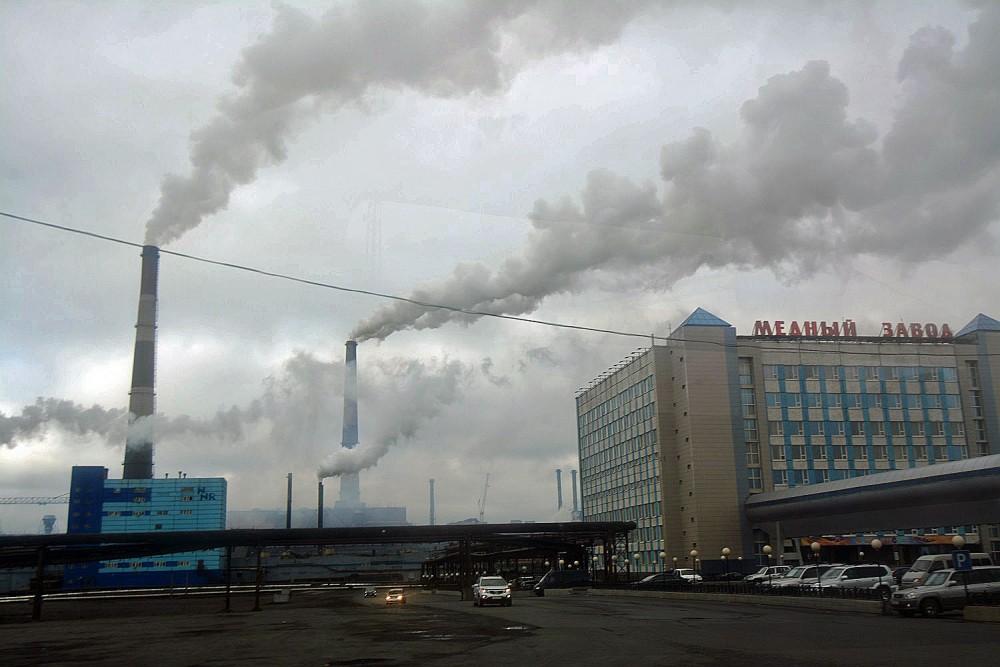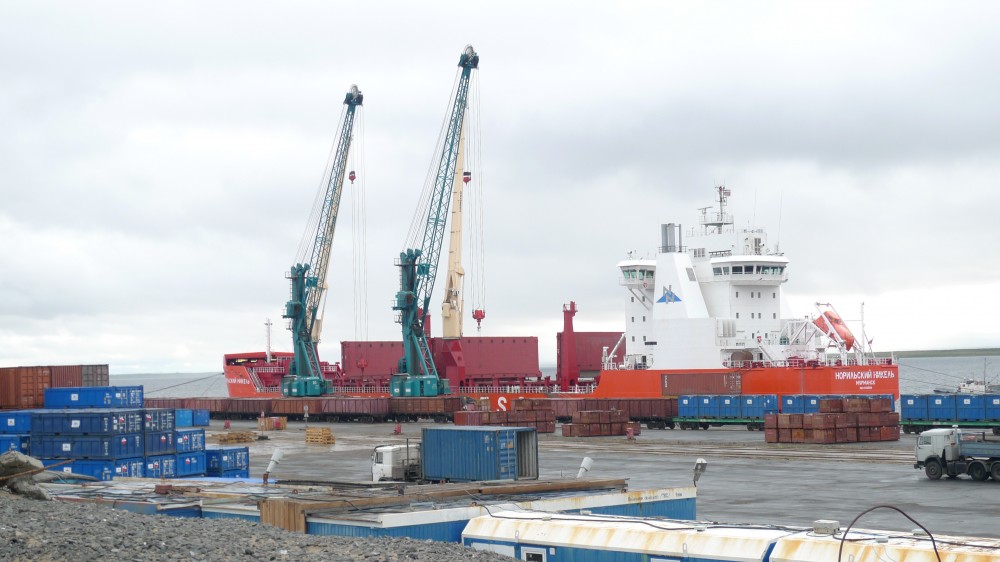"Liberalists vigorously oppose Christianity" - Georgian PM at conservative forum in Hungary
Georgian and Hungarian authorities against the West
Georgian prime minister Irakli Kobakhidze participated in a conservative political conference in Hungary organized by Hungarian prime minister Viktor Orban on April 25.
In his speech, Kobakhidze echoed several anti-Western propaganda statements, similar to those often used by Russian representatives. Specifically, Irakli Kobakhidze stated that “so-called liberals” are fervently fighting against Christianity.
Viktor Orban, in turn, expressed his support for Irakli Kobakhidze.
“Irakli Kobakhidze, the prime minister of Georgia, is considered a great chess player in Georgian politics. In Georgia’s centuries-old history, chess is a geopolitical game. The ability to preserve national identity and culture in one’s country despite all difficulties is the skill of a true chess player, a grandmaster. Mr. prime minister, we thank you for being with us and wish you success,” said Viktor Orban.
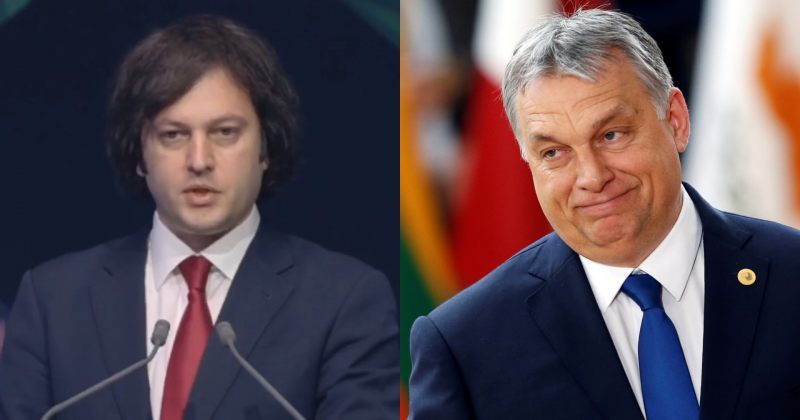
What did the prime minister of Georgia say?
During his address, Kobakhidze primarily focused on making anti-Western, homophobic, and populist statements.
“Tо-so-called liberals vigorously oppose Christianity. The only difference between these so-called liberals and Bolsheviks is that the Bolsheviks used the hammer as their main weapon against religion [an allusion to the Soviet emblem of the hammer and sickle — JAMnews]. Meanwhile, these so-called liberals attack Christianity through propaganda, which is much more powerful than the hammer,” said Irakli Kobakhidze.
The prime minister also attempted to discredit ongoing protests in Tbilisi against the adoption of the “foreign agent” law.
“The Georgian Orthodox Church has become a special target of their attacks. A few days ago, Georgian so-called liberals even tried to change the concept of Georgia’s national identity. It consists of three words: homeland, language, faith. But they removed the notion of ‘faith’ and only spoke about homeland and language,” Kobakhidze stated.
Irakli Kobakhidze also emphasized the importance of “clear gender identity.”
“Just a couple of decades ago, no one could have imagined discussing this issue seriously. Liberals argue that a person should not have a stable gender identity and that everyone can change their gender at any stage of life. Even a child should have the right to choose their gender. Liberals find it unacceptable to use traditional gender terms such as woman and man, or mother and father.
“In essence, liberals are completely alien to values such as freedom and tolerance. Their continuation of this approach is their active campaign to liberalize drug policy. But it should be remembered that drugs kill a person’s thinking personality and make them useless beings,” Irakli Kobakhidze concluded.
- “Georgia is irrevocably following the European path” – Meeting between Garibashvili and Orban
- Josep Borrell: “I urge political leaders in Georgia not to derail the country from its European path”
During his speech at the same conservative conference in 2023, then-prime minister Irakli Garibashvili stated that “the Hungarian people are very lucky to have such a wise and far-sighted leader.”
Garibashvili spoke then about “forces opposing the truth, which are trying to achieve their goals through LGBT propaganda.”
According to Associated Press, Hungary is largely isolated in Europe due to its right-wing populist government. And now the authorities of this country are looking for countries or groups in other countries that would become their like-minded allies.
The “Conservative Political Action Conference” (CPAC), organized by the “American Conservative Union,” first took place in 1974. This annual event is held in different countries. Hungary has been hosting the conference for the third year.
The Hungarian government is considered the most pro-Russian and populist in the European Union.
The leaders of Hungary and Georgia do not hide their sympathies for each other’s policies. In October 2022, Viktor Orban called his Georgian colleague Irakli Garibashvili “a great politician among the few who have returned to true values.” And Garibashvili responded that “the government of Georgia has taken many examples from Hungary and is proud of its successful reforms.”

